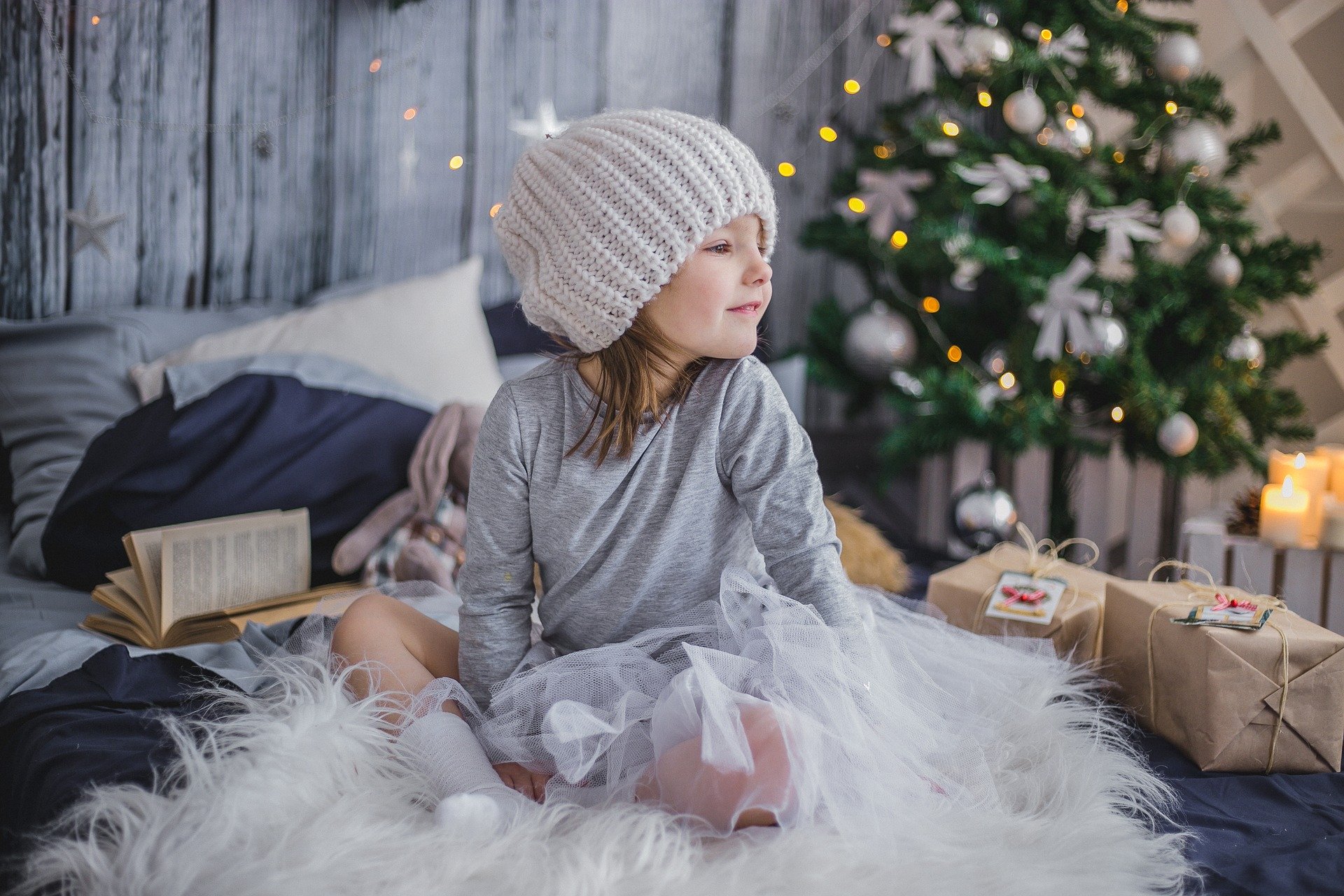Kids Put Everything In Their Mouth.
And when they do they can introduce toxic chemicals into their young developing bodies. A number of environmental contaminants are lurking about in children’s toys. While lead is still problematic, especially in toys made in China, we also need to consider that kids are being exposed to other chemicals in their toys – chemicals like BPA, phthalates, PVC, styrene, formaldehyde and triclosan.
Plastics And Antimicrobials.
BPA is used in the production of plastic and can be found in children’s books and toys. Phthalates soften products made from PVC and increase their heat resistance, transparency and durability. Triclosan is an antimicrobial chemical added to plastic, but unfortunately it’s stored in our bodies. Along with toys, triclosan can also be added to pacifiers, clothing, school supplies and so much more. Exposure to triclosan occurs orally (and through our skin) and because of its bioaccumulative nature it has been detected in urine, blood and breast milk. In fact, sources of exposure for children under the age of 6 include household dust, breast milk, and the mouthing of triclosan-treated plastics.
So Where Are The Good Toys?
Might Nest toys are free of BPA, phthalates, PVC, formaldehyde and lead. On the Healthy Toys website one can search for safer toys in several different databases including educational toys, baby toys, outdoor toys, toys by brand, or toys by age group and sex. Gimme the Good Stuff offers toys for babies and toddlers that are made from non-toxic materials, untreated wood, natural fibers and organic cotton. If you are in the market for better bath toys, visit Clear+Well’s Safe Bath Toy Guide listing safer toys from 20 manufacturers.
The Huffington Post published an article last year for Amazon shoppers to locate 22 non-toxic toys for babies and toddlers. But also as an Amazon shopper you can simply search for toys from the following manufacturers who feature nontoxic toys: BeginAgain, Haba, PlanToys, and Nova Natural Toys.
Lighting Up The Night.
Burning candles in the home can increase concentrations of the VOCs by 12%, depending on the type of candle used. In addition, petroleum-based candles can release carcinogenic soot. Combine that with artificial fragrances and no matter how lovely the scent ,your family and friends are inhaling chemicals.
Artificial fragrances added to household products can contain upwards of several hundred chemicals, some of which are classified as hazardous or toxic under Federal ruling. Good Housekeeping published an article describing over a dozen inexpensive candles that are safer to burn in the home – choices ranging from organic beeswax, to soy, coconut or palm wax, and those with cotton wicks or scented with essential oils.
And Then There Is The Tree.
Christmas trees can pose a risk to your family’s health because of the pesticides used on the tree farm. To avoid exposure to chlorpyriofos, dimethoate, oxydemeton-methyl and other pesticides sprayed on holiday trees, visit Natural Baby Mama’s website for information on where organic tree farms are located by state, or how to order online.



 It’s What’s Inside That Counts
It’s What’s Inside That Counts